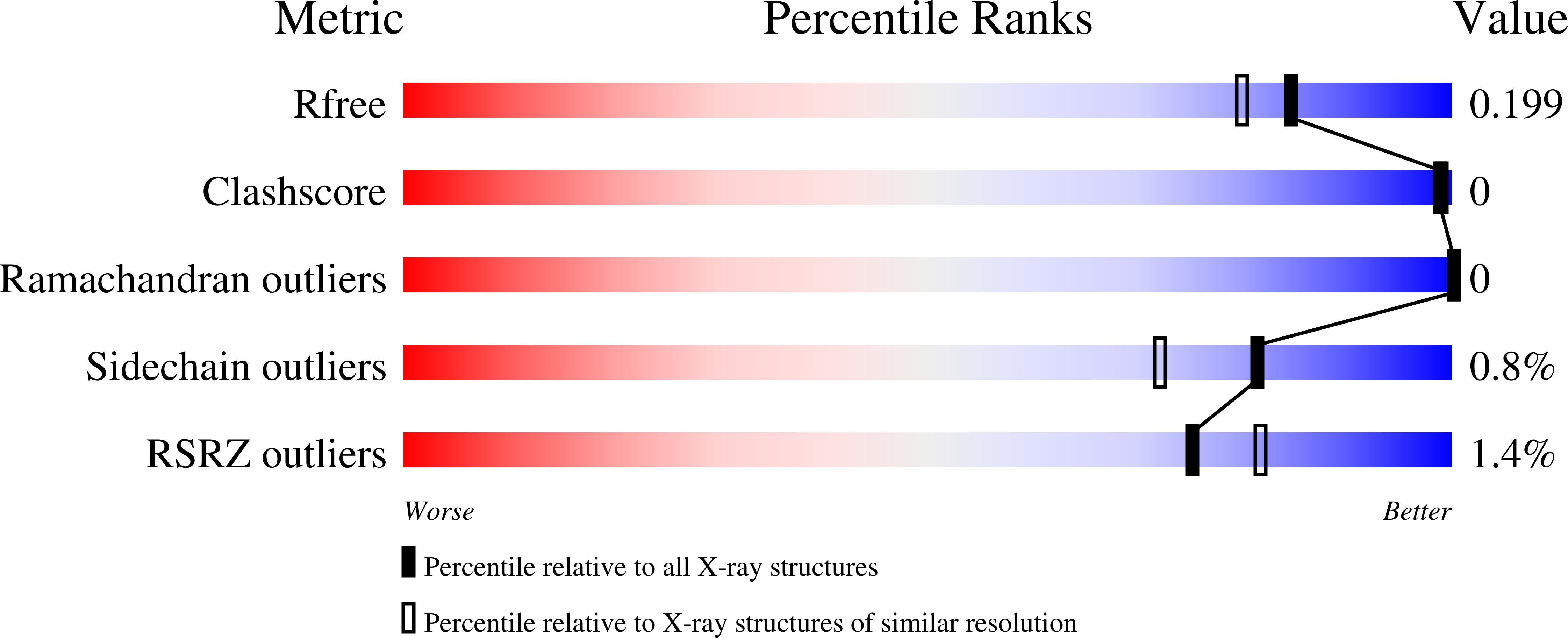
Deposition Date
2021-04-06
Release Date
2021-07-14
Last Version Date
2023-10-18
Entry Detail
PDB ID:
7MEL
Keywords:
Title:
Sco GlgEI-V279S in complex with 4-alpha-glucoside of validamine
Biological Source:
Source Organism:
Streptomyces coelicolor (Taxon ID: 100226)
Host Organism:
Method Details:
Experimental Method:
Resolution:
1.75 Å
R-Value Free:
0.19
R-Value Work:
0.17
R-Value Observed:
0.17
Space Group:
P 41 21 2


